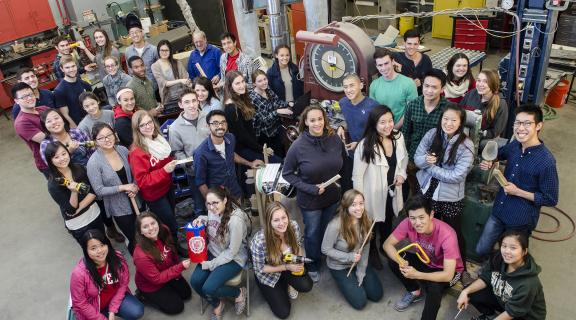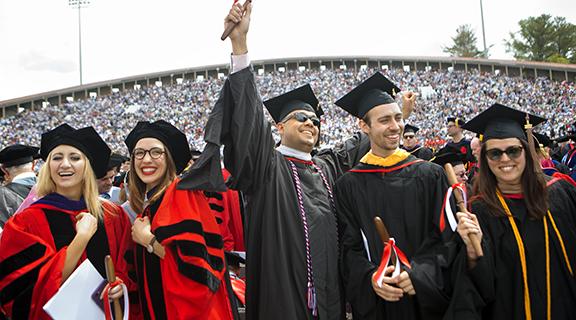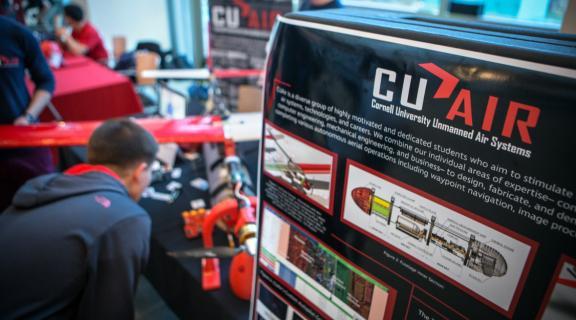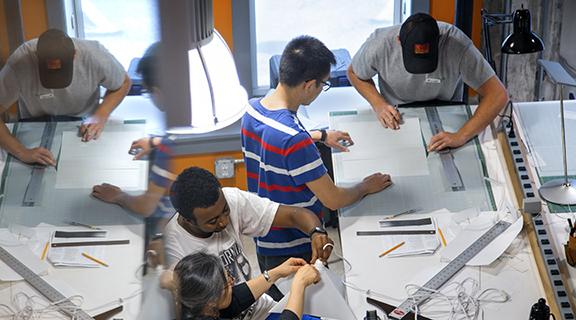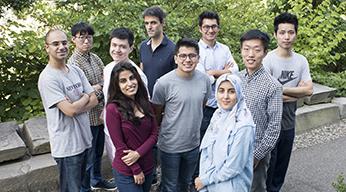
Admissions
Why Cornell Engineering?
"Scientists study the world as it is; engineers create the world that never has been."—Theodore von Karman
Cornell engineers challenge the status quo and do great things. Steeped in an environment of questioning, and with a focus on innovation, Cornell Engineering pursues excellence in all areas. Its faculty, students, and alumni design, build, and test products, improve the world of medicine, inform and shape our laws, create and drive businesses, become research luminaries, and overcome real and perceived barriers to achieve scientific breakthroughs that advance the quality of life on our planet.
We invite you to learn more about Cornell Engineering and its programs.
Did you know?
Olin Hall of Chemical Engineering was opened in 1942. Named after Franklin W. Olin (Civil Engineering, B.S., 1886), it was the first building of the current Engineering Campus.
Cornell College of Engineering was among the first engineering colleges to teach nanotechnology to undergrads through a hands-on course designing and building nanotech devices.
In 1986, work of OR faculty Jim Renegar and Mike Todd helped break the rules in the conventional wisdom that the simplex method was the algorithm of choice to solve linear optimization problems; their work played a critical role in the development of a theory of interior-point methods for this application-rich problem domain.
Watt Webb, Professor of Applied Physics since 1965, and Malcolm Beasley (Applied and Engineering Physics, M.S., 1962; Physics, Ph.D., 1968) designed the first intrinsically stable superconducting magnet, which is still used today in magnetic resonance imaging. Watt W. Webb is known for his co-invention (with Winfried Denk and Jim Strickler) of Multiphoton microscopy in 1990.
The world’s first Ph.D. in Industrial Engineering awarded by Cornell in 1933 to Ralph M. Barnes, (M.S., 1924). During his career, he received numerous awards in the field. Building on the work of his predecessors, he has given a huge boost to method and time study and continued to build on the classic Gilbreth technique and philosophy and proclaimed that time study and micro-motions study were evidently different analysis techniques.


